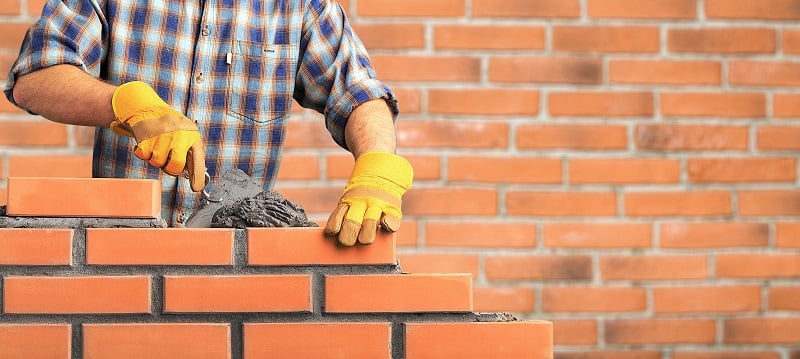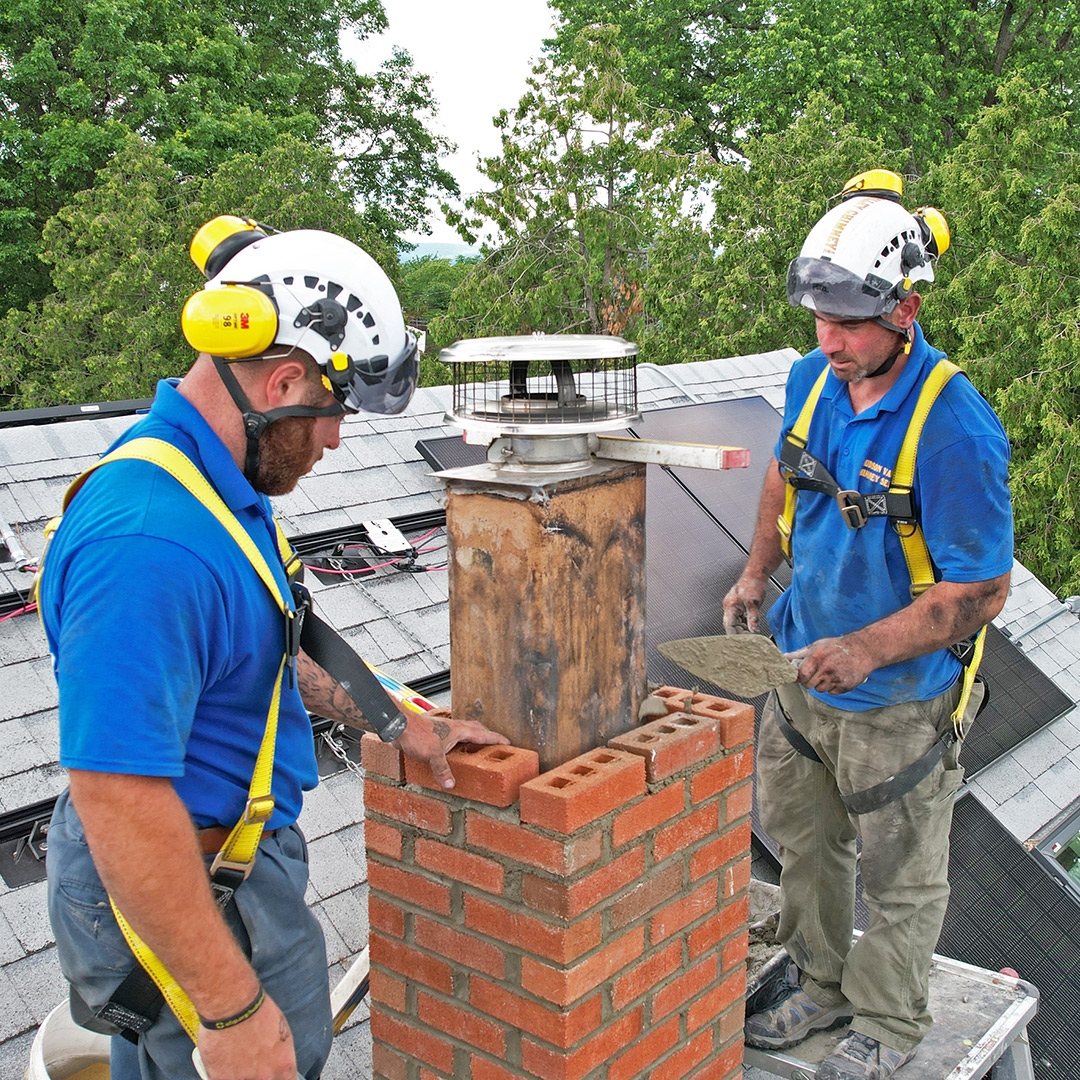Expert Siding Contractor Services to Boost Curb Charm
Expert Siding Contractor Services to Boost Curb Charm
Blog Article
Opening the Keys of Sustainable Stonework Construction Practices for Eco-Friendly Structures
Amongst the myriad strategies to environmentally friendly structure, lasting masonry building stands out as a time-tested and long lasting method that holds a wealth of untapped potential. From the option of products to ingenious construction methods, the keys to attaining sustainability within masonry building and construction are complex and intriguing.
Advantages of Sustainable Stonework Building And Construction
Embracing sustainable stonework construction methods not just decreases ecological impact yet also provides lasting financial benefits to builders and neighborhoods. By using products like recycled bricks, obstructs, and rocks, building contractors can considerably decrease the carbon impact of their tasks while promoting resource efficiency. In addition, sustainable masonry building strategies, such as proper insulation and thermal mass residential or commercial properties, can boost power performance within buildings, causing reduced functional costs over time.
Furthermore, the toughness and resilience of stonework frameworks add to lasting economic benefits. Buildings built making use of lasting masonry practices frequently call for less repair and maintenance, translating to cost savings for contractors and home proprietors. The durability of stonework products additionally ensures that structures remain steady and secure, reducing the requirement for constant remodellings or replacements.
Eco-Friendly Stonework Materials
Utilizing environmentally friendly masonry materials is an essential step towards improving the sustainability of building methods and minimizing environmental influence while taking full advantage of long-term economic benefits. Sustainable masonry materials are sourced, created, and used in a manner that decreases general ecological effect. Sustainable concrete obstructs integrate recycled accumulations and might feature improved insulation homes, adding to energy efficiency in structures.
Furthermore, natural materials like adobe, rammed earth, and straw bundles supply superb thermal mass residential properties, decreasing the requirement for home heating and cooling down power. These materials are usually locally readily available, promoting local economic climates and lowering transportation-related carbon emissions. By choosing environment-friendly stonework products, building jobs can substantially reduce their ecological impact and add to the creation of healthier, more lasting constructed settings.
Energy-Efficient Masonry Techniques
Energy performance plays an essential role in enhancing the sustainability of stonework building techniques. By carrying out energy-efficient stonework techniques, builders can dramatically lower the overall energy consumption of a structure, bring about reduced operational prices and a smaller sized ecological impact. One vital energy-efficient stonework strategy is making use of thermal mass, which entails including dense materials like concrete or block right into the building's structure to soak up and store pressed concrete heat. This assists control indoor temperature levels, minimizing the demand for mechanical home heating and cooling down systems.

Advancements in Sustainable Stonework
Recent improvements in sustainable stonework methods have actually caused ingenious strategies that are reshaping the construction industry. One such technology is the growth of self-healing concrete, which makes use of germs embedded within the concrete to recover cracks autonomously. This development not just lowers upkeep prices however also enhances the longevity of masonry structures, adding to their sustainability.
Another significant innovation is using recycled accumulations in masonry building and construction - masonry contractor. By including materials such as crushed ceramic waste or recycled glass right into concrete mixes, builders can lower the ecological influence of construction tasks while keeping structural integrity. This method not just diverts waste from land fills yet additionally preserves natural deposits, making aci 301 it a key improvement in sustainable masonry building
Furthermore, the assimilation of electronic layout devices, such as Building Details Modeling (BIM), is revolutionizing the way masonry frameworks are intended and built. BIM permits even more specific estimations, lowered product waste, and boosted energy efficiency, inevitably leading to even more sustainable structure practices. These technologies collectively symbolize a promising future for sustainable stonework building and construction in the era of environment-friendly structures.
Future Trends in Stonework Sustainability
With the innovative strides made in sustainable masonry techniques, the future trends in stonework sustainability are positioned to additional change the building industry. Among the essential patterns forming the future of masonry sustainability is the raised assimilation of innovation. Improvements such as Structure Information Modeling (BIM) and digital reality simulations are being made use of to maximize masonry building procedures, leading to reduced product waste and improved power effectiveness in buildings.
Moreover, the advancement of unique sustainable products is readied to play a significant function in enhancing the eco-friendliness of masonry building and construction. masonry contractor. Innovations like self-healing concrete, recycled accumulations, and bio-based binders are obtaining grip for their ability to reduce environmental effect while keeping structural stability

Conclusion
Finally, sustainable masonry building and construction practices provide countless advantages for environment-friendly structures. By making use of environmentally friendly products and energy-efficient techniques, masonry can add to a more sustainable built environment. Advancements in sustainable masonry are continuously being developed to additionally enhance the ecological efficiency of structures. Looking towards the future, the trend of stonework sustainability is anticipated to grow, leading to more eco-friendly and energy-efficient construction techniques in the years to find.
Report this page